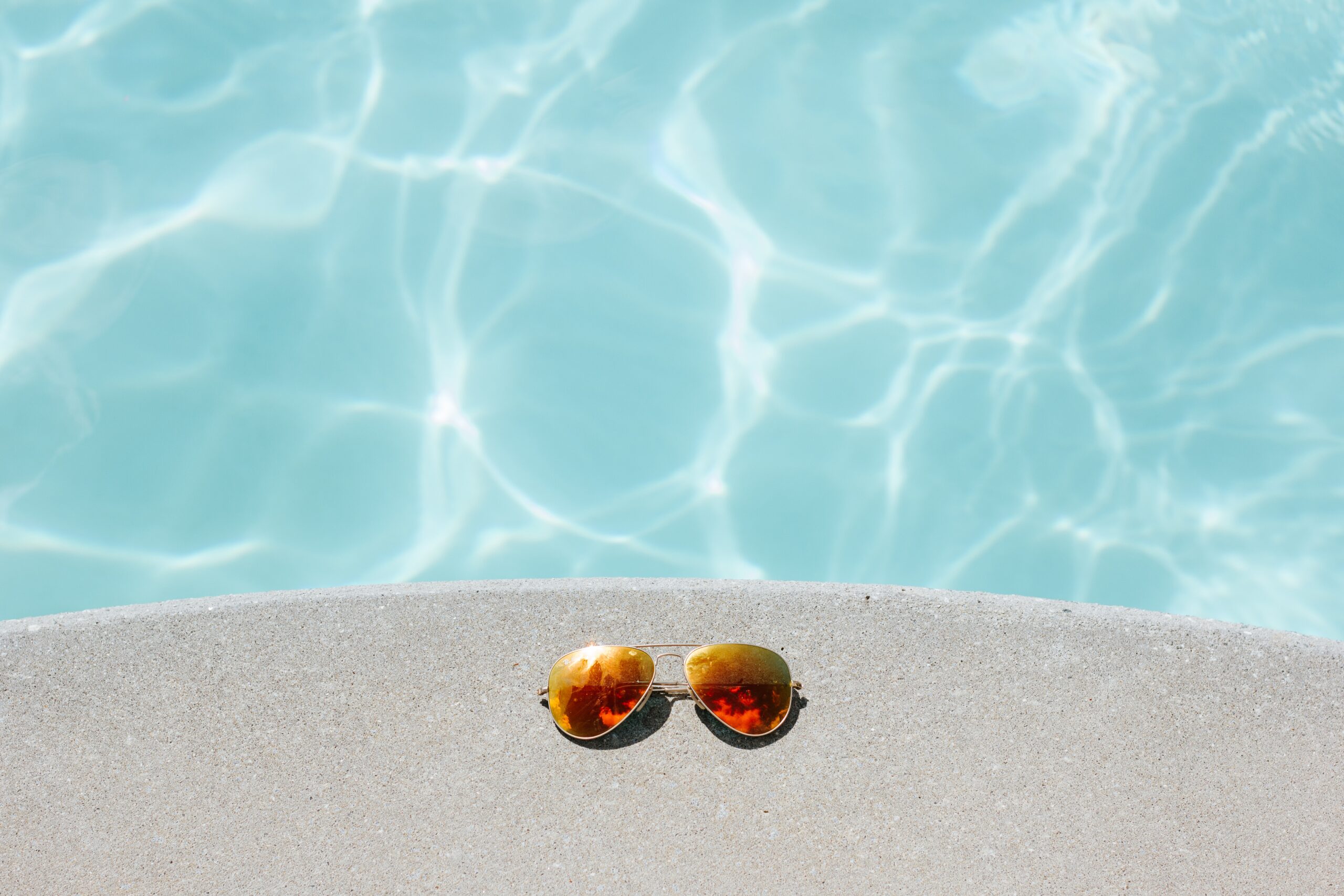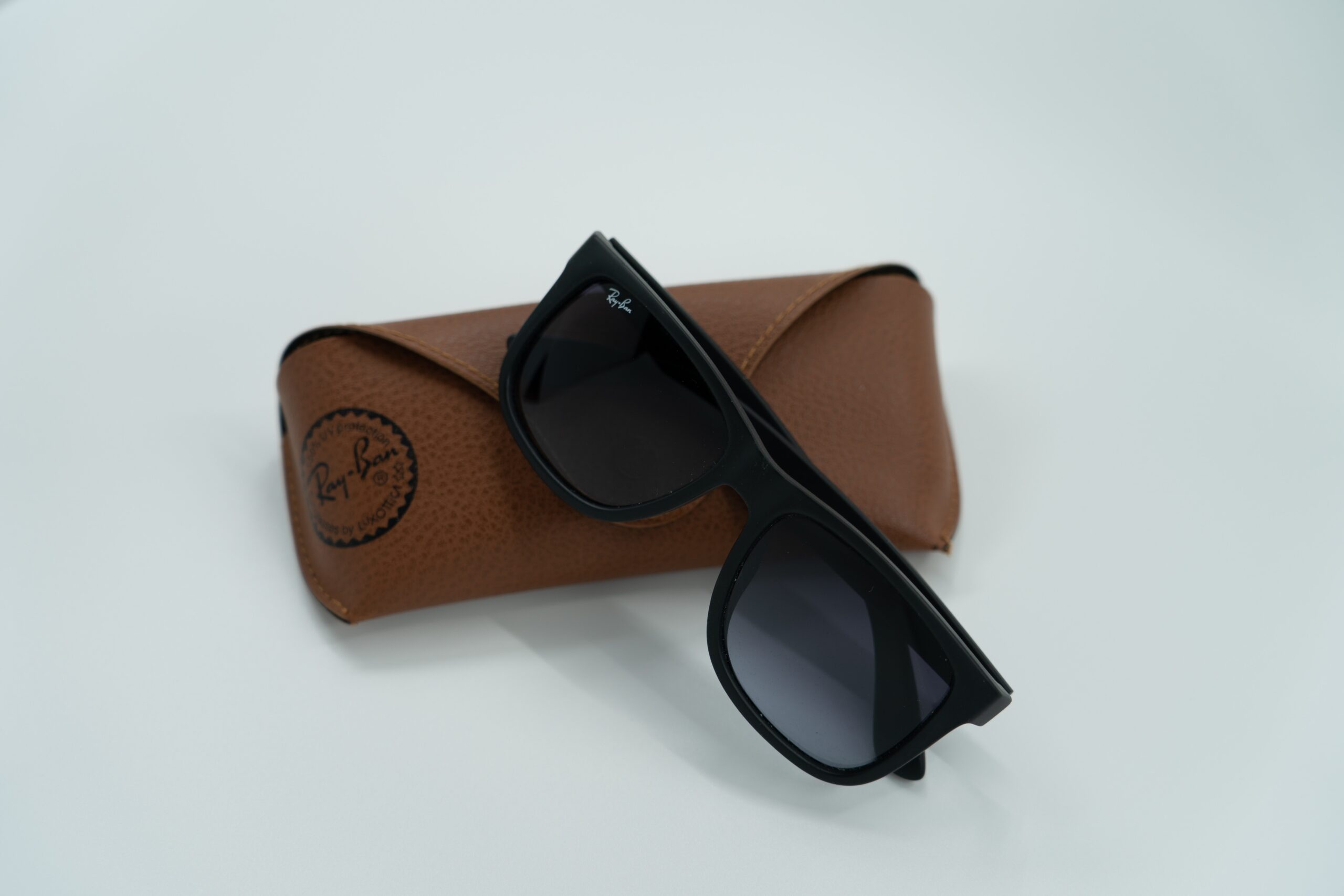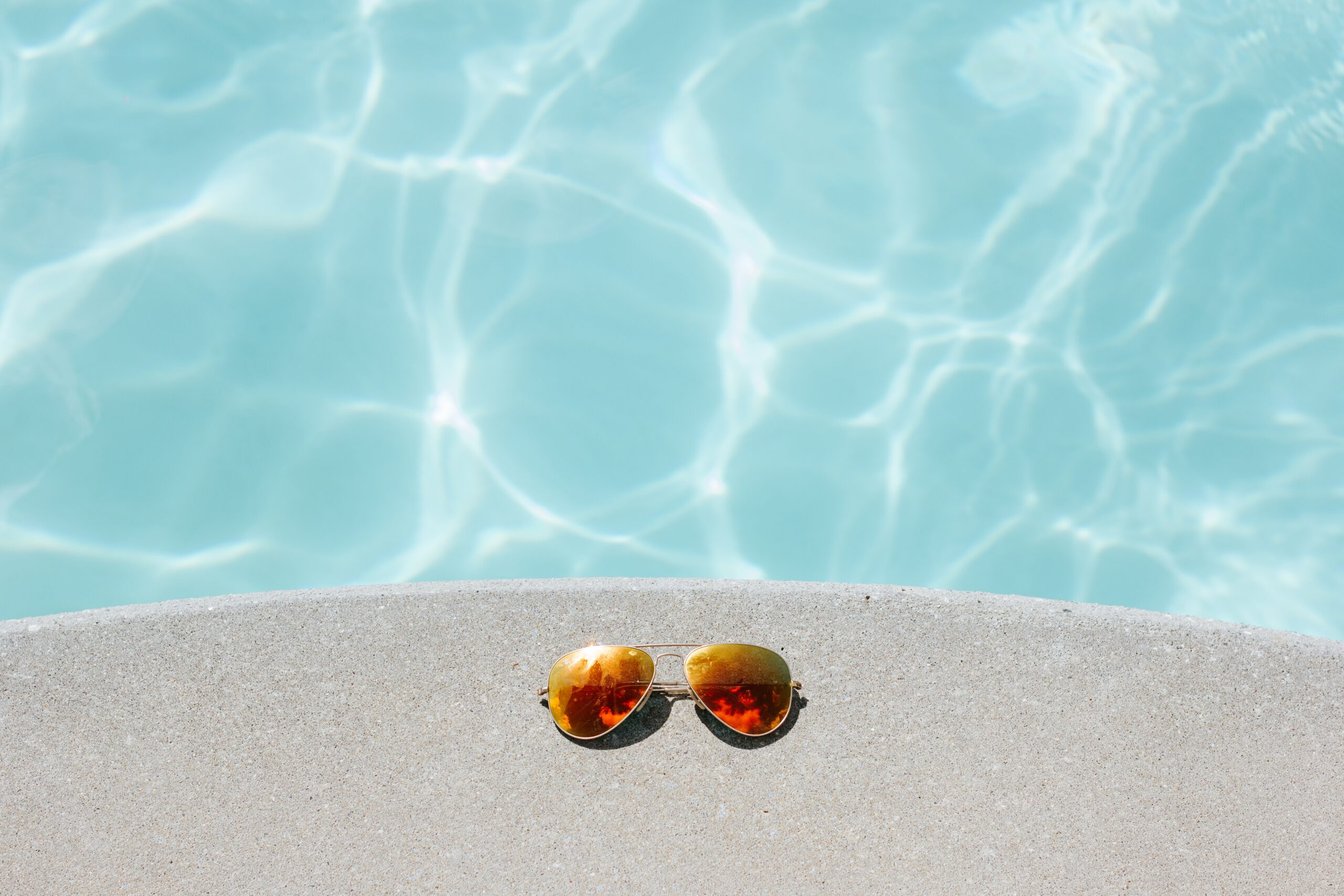If you wear glasses and enjoy hunting, you may have wondered if using hunting optics is still possible. The answer is yes! In this article, we will explore how you can comfortably use hunting optics with glasses, ensuring that you don’t miss out on any detail while out in the field. Whether you’re a seasoned hunter or just starting out, we’re here to help you make the most of your hunting experience while wearing glasses. So, let’s dive into the world of hunting optics and discover how they can enhance your vision in the great outdoors.
Understanding Hunting Optics
The basics of hunting optics
When it comes to hunting, having clear and precise vision is essential. Hunting optics, such as binoculars, rifle scopes, and spotting scopes, have been specifically designed to enhance your ability to see and target objects at a distance. These optics are equipped with various features that help you achieve a better view of your surroundings while hunting.
Types of hunting optics
There are several types of hunting optics available on the market, each with its own purpose and features. Binoculars are a popular choice for hunters, providing a wider field of view and allowing you to scan the area for potential targets. Rifle scopes, on the other hand, are mounted on rifles and offer magnification, improving accuracy and precision. Spotting scopes are commonly used for long-range observation and can be used in conjunction with a tripod for more stability.
How hunting optics work
Hunting optics work by utilizing lenses to gather and focus light, enhancing the clarity and magnification of the objects being observed. Binoculars and spotting scopes have a system of lenses that transmit light to your eyes, while rifle scopes use a reticle or crosshair to help aim and align your shot. By using hunting optics, you can see targets that would otherwise be invisible to the naked eye and increase your overall hunting proficiency.
Challenges of Using Hunting Optics With Glasses
Fogging issues
One of the main challenges faced by hunters who wear glasses is the issue of fogging. When the weather conditions are cold or humid, condensation can form on the lenses of both your glasses and hunting optics, obstructing your vision. This can be a significant problem as it can impair your ability to see clearly and potentially miss out on important moments during your hunting excursion.
Issues with fit
Hunters who wear glasses often find it challenging to find hunting optics that comfortably fit over their eyeglasses. The frames of your glasses may interfere with the placement of the binoculars or the eye relief of the rifle scope, causing discomfort or even preventing you from getting a proper view. Finding the right fit is crucial to ensure that you can use your hunting optics effectively and comfortably.
Potential discomfort during use
Wearing glasses while using hunting optics can lead to discomfort, especially during long hunting trips. The added weight and pressure from both the glasses and the optics can cause discomfort on the bridge of your nose or behind your ears. This discomfort can be distracting and take away from the overall enjoyment of your hunting experience.

The Need for Corrective Lenses in Hunting
The importance of vision in hunting
Having good vision is vital for any hunter. It allows you to spot game at a distance, assess their size and behavior, and make accurate judgments before taking a shot. Without proper vision, your hunting experience can be compromised, and you may struggle to identify targets or hit them with precision. Corrective lenses, such as glasses or contact lenses, play a crucial role in ensuring that your vision is optimized for hunting.
Why many hunters wear glasses
There are several reasons why many hunters opt to wear glasses instead of contact lenses. Glasses provide a more convenient option, especially for those who may not be comfortable inserting and removing contact lenses while out in the field. Glasses also offer protection for your eyes from environmental elements, such as dust, debris, or branches. Additionally, glasses can be worn with ease during different weather conditions and are less prone to causing irritation or dryness.
Impact of vision problems on hunting proficiency
Hunters with vision problems face challenges that can significantly impact their proficiency in the field. Issues like farsightedness, nearsightedness, or astigmatism can make it difficult to focus on distant objects or accurately judge distances. These vision problems can lead to missed opportunities, inaccurate shots, or even safety risks. By addressing these vision challenges with corrective lenses, hunters can improve their overall performance and increase their chances of a successful hunting trip.
Key Factors in Using Hunting Optics With Glasses
Type of glasses
The type of glasses you wear can greatly impact your experience with hunting optics. Frames that are too large or have thick temples may not fit properly under the eye cups of binoculars, causing discomfort and blocking your view. Opting for glasses with smaller frames or wrap-around styles can help ensure a better fit and reduce interference with the optics.
Fit and comfort
Finding a comfortable fit is crucial when using hunting optics with glasses. Look for optics that have adjustable features, such as eyecup height or eye relief, to accommodate your eyeglasses. Properly fitted hunting optics will ensure that you have a clear line of sight without any additional pressure or discomfort on your face.
Optical quality of both glasses and hunting optics
Optical quality plays a significant role in maximizing your hunting experience. Investing in high-quality glasses with superior lenses can minimize distortions, reflections, and aberrations, providing you with a clearer and more accurate view. Similarly, choosing hunting optics with excellent optical performance will enhance the clarity and sharpness of the images you observe, allowing you to accurately identify targets and make informed decisions.

Adjusting Hunting Optics for Glasses Wearers
Focus adjustments
When using hunting optics with glasses, it’s essential to adjust the focus to compensate for any difference in visual acuity between your glasses and the optics. Most hunting optics feature a central focus wheel or diopter adjustment that allows you to fine-tune the focus to your individual needs. By making these adjustments, you can ensure that the images you see through the optics are sharp and clear, even if your glasses prescription differs.
Diopter corrections
Diopter corrections are especially crucial for hunters with only one visual impairment. For example, if you have a strong prescription in one eye and a weaker prescription or no prescription at all in the other, adjusting the diopter on your hunting optic can help balance the focus between your two eyes. This adjustment ensures that both eyes can work together seamlessly, providing a more comfortable and accurate viewing experience.
Eye relief adjustments
Eye relief refers to the distance between your eyes and the hunting optics that allows you to see the full field of view. When wearing glasses, you may need to increase the eye relief to prevent the frames from obstructing your vision or causing discomfort. Optics with longer eye relief can provide more flexibility for glasses wearers, allowing for a comfortable and unobstructed view.
Specific Hunting Optics Designed for Glasses Wearers
Brands to consider
Several brands specialize in producing hunting optics that cater to glasses wearers. Some notable brands include Vortex Optics, Leupold, Swarovski Optik, and Zeiss. These brands offer a range of hunting optics with features specifically designed to accommodate glasses wearers, such as adjustable eye relief and ergonomic designs.
Features to look for
When searching for hunting optics suitable for glasses wearers, there are a few key features to consider. Look for optics with adjustable eye relief to ensure a comfortable fit and unobstructed view. Optics with twist-up or fold-down eyecups allow for easy adaptation to glasses and provide additional comfort. Additionally, choosing optics with high-quality lenses and coatings can improve the overall image quality and reduce glare or reflections.
Price ranges and quality aspects
The price range for hunting optics designed for glasses wearers can vary depending on the brand, model, and specific features. Entry-level options can range from $100 to $300, while premium models can go upwards of $1000. It’s important to consider the quality of the optics and the reputation of the brand when making your purchase. Investing in high-quality hunting optics designed for glasses wearers will ensure durability, superior performance, and a better overall hunting experience.

Using Hunting Binoculars with Glasses
How to use binoculars with glasses
Using binoculars with glasses requires a proper adjustment of the eye relief. Begin by extending the or adjusting the eyecups to their maximum position. Hold the binoculars up to your eyes and adjust the central focus wheel until the image appears sharp. Proceed to twist or fold-down the eyecups until your glasses rest comfortably against them. This will ensure that you have the correct eye relief and a clear view without any interference from the glasses frames.
Challenges and solutions
One of the main challenges when using binoculars with glasses is ensuring that the eyecups are properly adjusted to accommodate the glasses frames. If the eyecups are not adjusted correctly, the glasses may not rest properly against them, leading to a loss of field of view or discomfort. By following the adjustment process mentioned earlier, you can overcome these challenges and use binoculars effectively with your glasses.
Preferred models for glasses wearers
Several binocular models are highly recommended for glasses wearers. The Vortex Optics Diamondback series offers adjustable eyecups, long eye relief, and excellent optical quality. The Leupold BX-4 Pro Guide HD binoculars are also highly regarded for their comfort, precision, and clarity. Additionally, the Zeiss Conquest HD binoculars provide exceptional light transmission, wide field of view, and a comfortable fit for glasses wearers.
Using Rifle Scopes with Glasses
How to use a rifle scope with glasses
Using a rifle scope with glasses requires a careful adjustment of both the eye relief and the diopter correction. Start by adjusting the eye relief to ensure that your eyeglasses are not too close to the ocular lens. Then, look through the scope and adjust the diopter until the reticle or crosshair appears sharp and focused. These adjustments will enable you to have a clear sight picture with the proper focus, allowing for accurate aiming and shooting.
Challenges and solutions
One challenge faced by glasses wearers when using rifle scopes is the potential for the glasses frames to obstruct the field of view or cause discomfort. Adjusting the eye relief and ensuring that your glasses are positioned correctly can help overcome this challenge. Additionally, inspecting the eyecup design of the rifle scope and selecting a model with sufficient eye relief will also provide a more comfortable experience for glasses wearers.
Preferred models for glasses wearers
Several rifle scopes are known for their compatibility with glasses wearers. The Vortex Optics Crossfire II series offers long eye relief, a clear sight picture, and easy adjustment for glasses wearers. The Leupold VX-3i line of rifle scopes is also highly recommended, featuring adjustable eye relief, exceptional optical quality, and a comfortable eyebox for glasses wearers. Another reliable option is the Nikon Prostaff P3 series, known for its solid construction, generous eye relief, and precise reticle adjustment.
Using Spotting Scopes with Glasses
How to use a spotting scope with glasses
Using a spotting scope with glasses follows a similar process to using binoculars or a rifle scope. Adjust the eyecup or twist-up eyepiece to its maximum position. Look through the spotting scope and adjust the focus until the image appears sharp and clear. Finally, adjust the eyecup or eyepiece to obtain the correct eye relief and ensure that your glasses are comfortable against it. This will allow you to have an uninterrupted and detailed view through the spotting scope.
Challenges and solutions
One of the challenges when using spotting scopes with glasses is finding a model that provides a sufficient eye relief to accommodate your glasses comfortably. Spotting scopes with an adjustable eyecup or eyepiece height can help overcome this challenge. Additionally, opting for spotting scopes with a wide field of view and superior optical quality will enhance your overall viewing experience and ensure that you can effectively spot and identify distant objects.
Recommended models for glasses wearers
Several spotting scopes are highly regarded for their compatibility with glasses wearers. The Swarovski Optik ATX/STX Modular Spotting Scope system offers adjustable eyecups, exceptional optical performance, and wide-angle viewing for glasses wearers. The Vortex Optics Razor HD spotting scope series is also recommended, featuring long eye relief, advanced lens coatings, and a robust build quality. The Celestron Regal M2 spotting scopes provide great value for money, with good eye relief, ED glass, and a lightweight design suitable for glasses wearers.
Final Thoughts and Advice
The importance of getting professional advice
When it comes to selecting and using hunting optics with glasses, it’s crucial to seek professional advice. Consulting an optometrist can help ensure that your glasses prescription is up to date and accurately reflects your visual needs while hunting. Additionally, visiting a specialized hunting optics store or talking to experienced hunters can provide valuable insights and recommendations on the best optics for glasses wearers.
Maintenance tips for hunting optics and glasses
To prolong the lifespan and performance of your hunting optics and glasses, it’s essential to practice proper maintenance. Keep your optics clean by using lens cleaning solutions or microfiber cloths to remove dirt, dust, and smudges. Store your optics in protective cases or pouches to prevent scratches or damage when not in use. Regularly clean your glasses frames and lenses, and ensure that any adjustments or repairs are done by professionals specialized in eyewear.
The value of investing in quality hunting optics
Investing in quality hunting optics is a long-term investment in your hunting experience. High-quality optics not only provide clear and sharp images but also offer durability and reliability in various hunting conditions. When using hunting optics with glasses, selecting optics that are specifically designed to accommodate glasses wearers will enhance your comfort, convenience, and overall success in the field. So, prioritize quality when making your purchasing decisions and enjoy the benefits of superior optics for years to come.
By understanding the basics of hunting optics, addressing the challenges faced by glasses wearers, considering key factors, and exploring specific hunting optics designed for glasses wearers, you can ensure a more enjoyable and successful hunting experience. With the right knowledge and guidance, you can confidently choose the appropriate hunting optics, adjust them for use with glasses, and make the most of your time in the field. Happy hunting!

